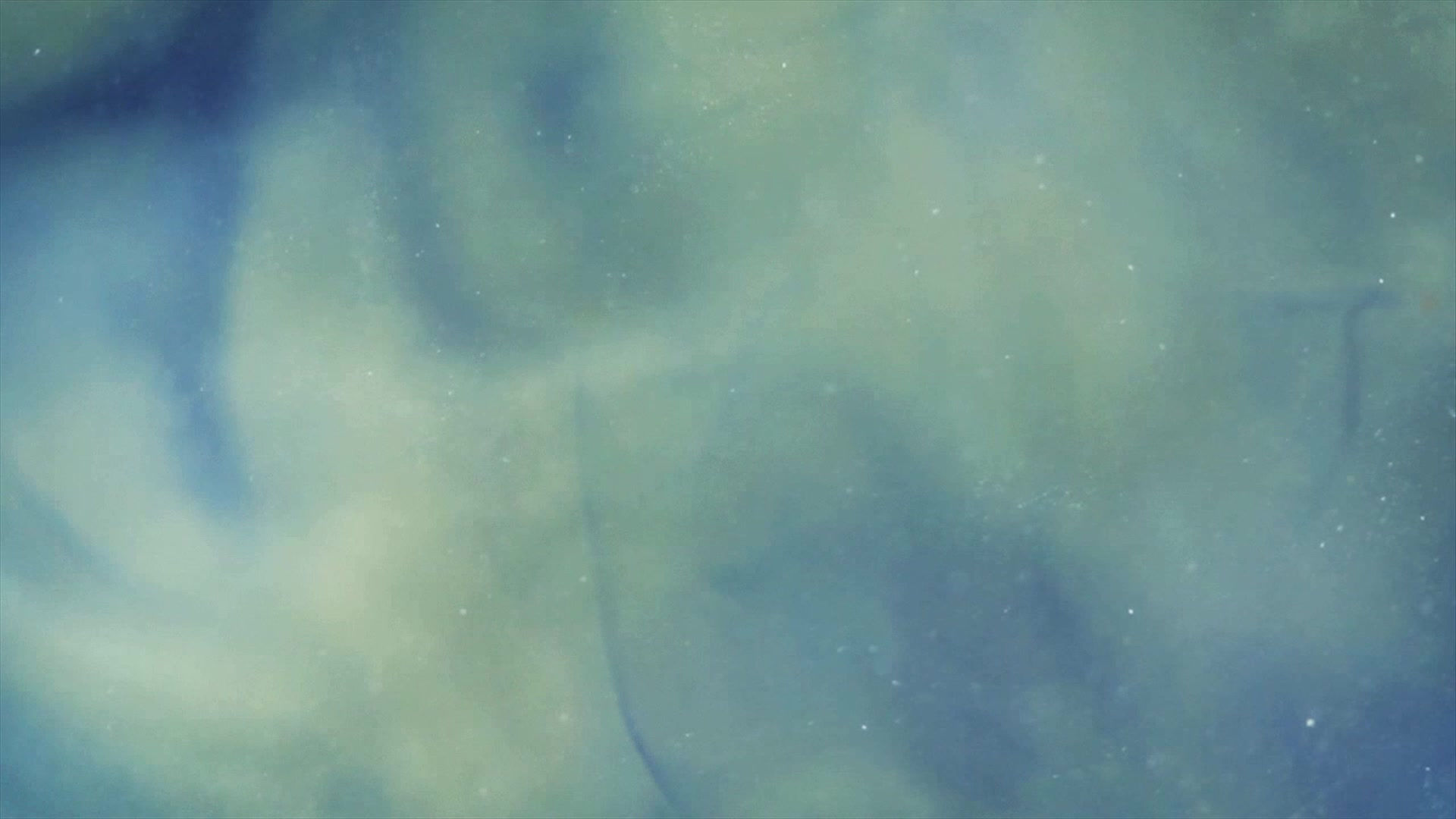Jaws' poster and it's representations.
- Nov 6, 2020
- 3 min read
Jaws is one of the most well-known, most influential, most popular horror-slash-thriller movies ever created, and has one of the most recognisable, iconic posters of all time. Some say it's design is genius, even. But there are underlying representations that others may not find within it. They may seem surface-level at first, but there are representations that could be quite unexpected for a few people...

One of these representations is of women. We see a lot of representations of women in the media. You've probably heard it all before, how women are objectified and sexualised and victimised in the media. You probably have not heard it about this poster, however. No, there is no sexualisation or objectification going on with the swimming woman's portrayal in the poster, but she is definitely being heavily victimised, literally, as we see her right before becoming a victim of a brutal, one-sided shark attack. Why did the designer of the film choose a woman to become the victim to the attack? To be honest, I've no clue. Why a woman and not a man? Wouldn't the poster have remained the exact same with the inclusion of a man, instead of a woman? Well, yes. The choice of representing a woman in this frankly vulnerable state was most likely driven by stereotypes and attitudes surrounding women at the time of the creation of the film.
To add to this, do you recognise any of the names written in black at the top there? If not, don't worry about it. Who they are doesn't necessarily matter. But what does matter is the gender of the people with the names. All male, aren't they? Now look at the positioning of where their names are on the poster. Above the title, and above the woman in danger. To someone who is looking at this poster for the first time, or to someone who isn't too interested in the deeper meaning of the designs of posters, this could just be the top billing of the movie. And to be honest, yeah. In line with Stuart Hall's reception theory, that's probably what the intended reading of it is. But I like to be as perceptive as possible when it comes to talking about things I find interesting, so I can't take things at face-value like that. I find it interesting that the way they designed it was to put it above the woman in danger, almost like they themselves are out of danger, while the woman is none-the-wiser as to what will almost certainly happen, like the men have a higher priority compared to her. But, as with anything, this is just my reading of it. Everyone will have a different view on what it may mean, even if you disagree with my idea.

Another representation that you may not have thought of is that of the sharks, the kings of the ocean, as said by nobody ever. The reputation of these beautiful creatures has actually plummeted since the creation of this film, and the poster does not help things whatsoever.
Firstly, the colouring used. The blue of the surface-level water is obviously a much brighter, vibrant blue than the deep darkness of the navy blue water. This may just be reminiscent of the sea-levels. The deeper you go underwater, the less sunlight will reach the bottom, the darker it naturally gets. But as I said before, I have to be as in-depth as possible with the things I'm interested in. So of course, I interpreted this much differently. Perhaps the 'darkness' was brought forth by the shark itself, as if it's some unnatural, dark force of evil? If you've watched the film, you will know that the shark shown can definitely be called evil. But this simply isn't realistic.
As well as this, the representation of the great white shark, and sharks in general definitely soured their reputation in the world, following the release of Jaws. Suddenly, everyone was scared of them. And the more fearless ones were trying to catch them for themselves. This was happening so much that, in the US, the number of some of the biggest sharks fell by 50% after Jaws was released to the public. It got so out of hand as well, that the author of Jaws himself, Peter Benchley, said "Knowing what I know now, I could never write that book today." This isn't helped by the poster, as it portrays the shark as a fearsome, fierce killer, out for blood with its teeth bare. As you probably know, shark attacks are not common. So this is another way that the poster misrepresents sharks.

In conclusion, the poster of Jaws has a lot of elements to it that you may not have known to even exist. Well, they probably DON'T exist, but it's fun to theorise!



Comments